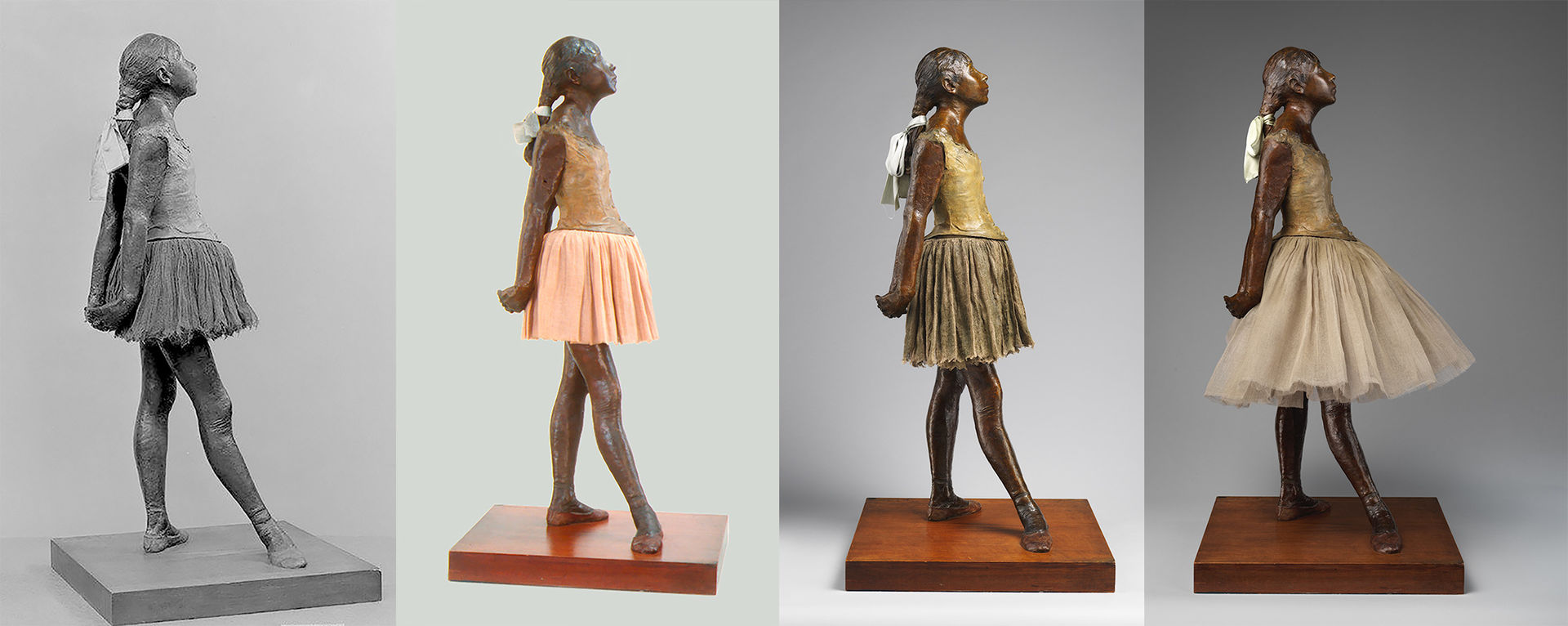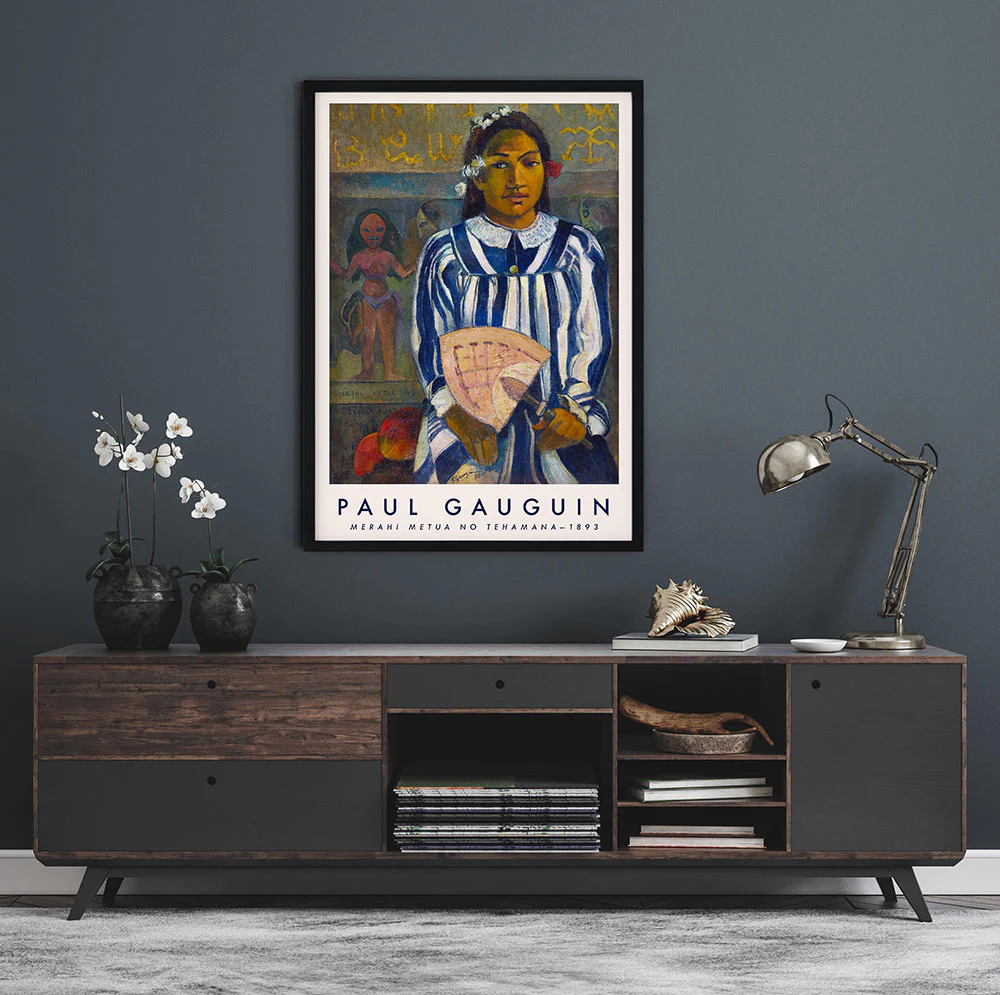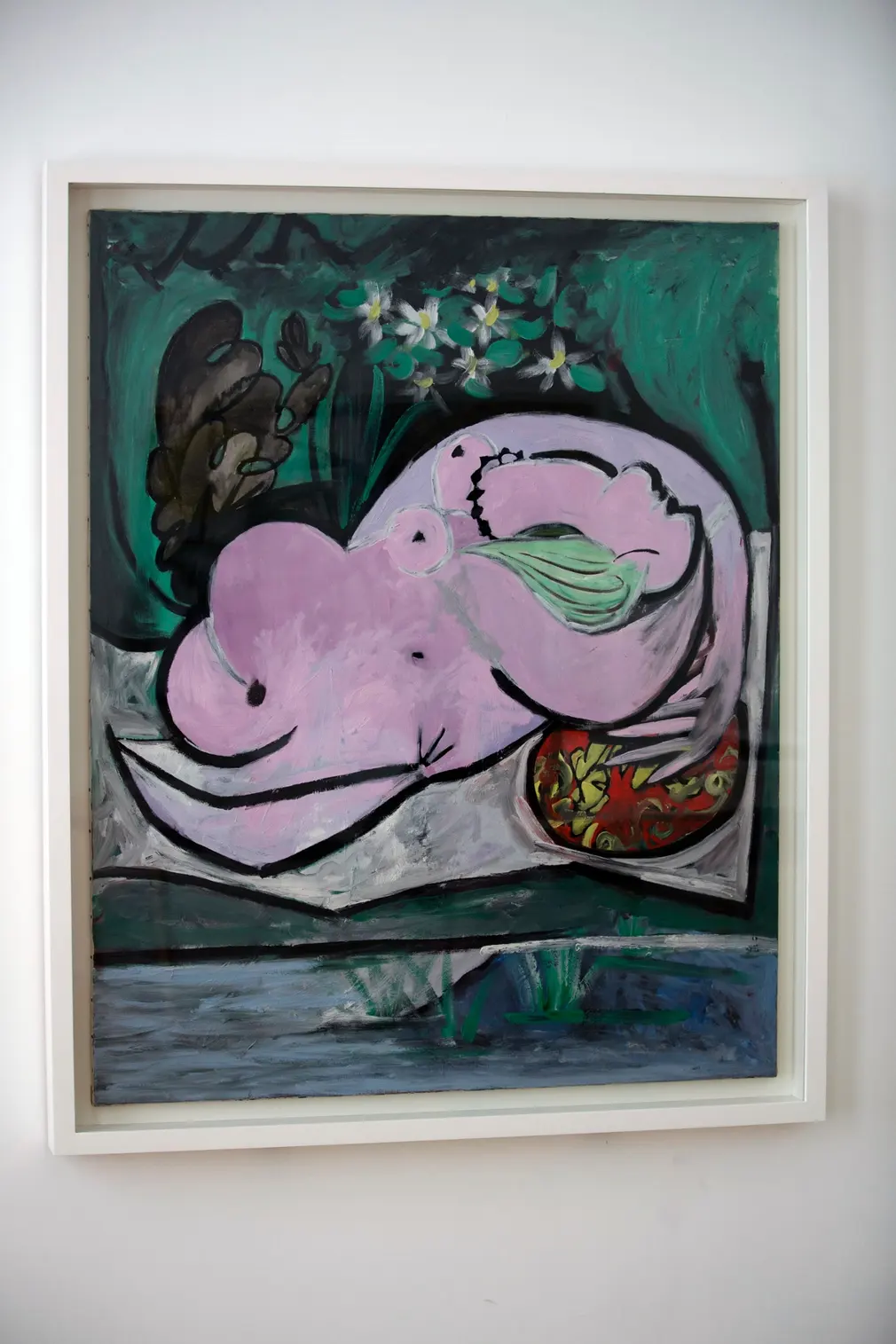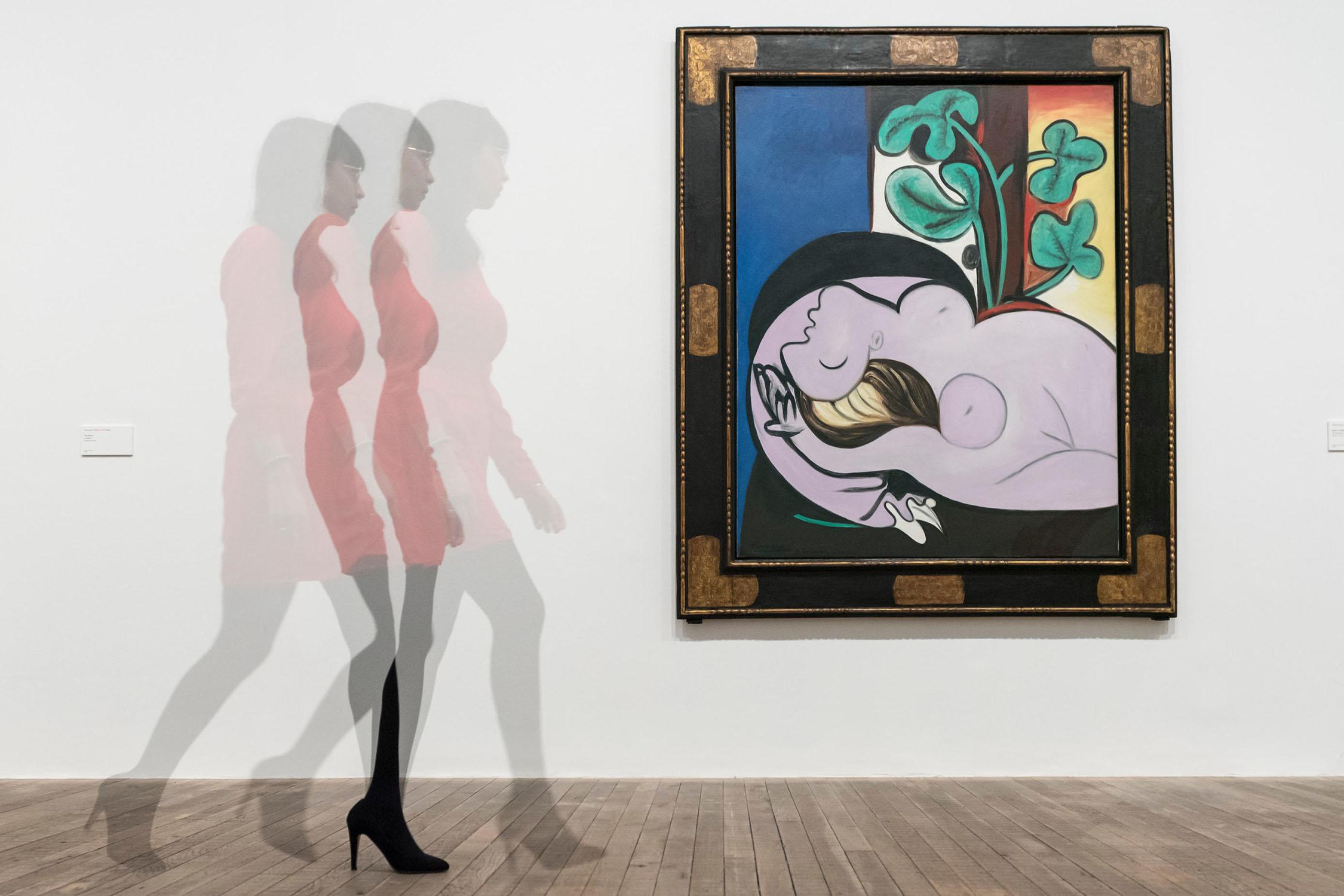By Maria Koulourioti,
Art is one’s perspective of the world, the most direct form of personal expression. The relationship between a piece of art and its creator is considered a sacred bond, having their deepest thoughts, fears, and desires exposed to the world in the furtherance of art itself. Considering the intimate position, they are placing themselves in, musicians, visual artists, filmmakers, and other artists cannot be easily distinguished from their creations. Astonished and deeply inspired by the works of the great masters, are we to honor them for their posterity as artists or utterly regard their actions? Undoubtedly, various examples of remarkable virtuosos that left their name in history belong to a list of ambiguous geniuses. Particularly, let us review the upsetting background of some widely known, significant, and impactful figures in Painting.
Degas and his obsession with the “petite rats”
Hilaire-Germain-Edgar De Gas was born in Paris in 1834, and transformed into the famous Edgar Degas, vastly recognized as an Impressionist through his pastel paintings that mainly focused on movements. He was to represent figures that existed in quotidian situations. Ballet and young dancers became his obsessions, with his iconic ballerina paintings, known as the “Degas ballerinas”. Degas’s obsession with dancers was strange, showing a confusing dichotomy in his representation of women in his works. Degas was accused of being sexist, with his creations acting as prominent evidence of the accusations. Specifically, he called his models, most of whom were child prostitutes called “the little monkey girls that are cracking their joints at the barre”. Teenager Marie van Goethe modeled for the sculpture “Little Dancer of Fourteen Years”, who traded sex for money to survive.

Gauguin’s male gaze and eurocentrism
On the other hand, other great painters did not hesitate to condition their eurocentric and exploitative behavior for their audience. French Post-Impressionist artist Paul Gaugin has left a lasting impact on many people and artists to this day, teaching how to properly mix colors, and simultaneously guiding Sérusier in his creations. It was in Mataiea that Gauguin first met his Tahitian muse, Teha’amana, which he depicts in “Merahi metua no Tehamana”. Moreover, in the painting, he is portraying his thirteen-year-old wife, a minor, who continuously appears nude. The background symbols behind the girl are also incorrect and do not reflect Tahitian culture appropriately, indifferently erasing their culture and real experiences. His work is often centered around privatism and the availability of women instead of the accurate salvation of the dying culture. Alternatively phrased, Gauguin’s paintings are based on nude native women, opting to create a fantasy world to attract the eye of the male audience. Thus, the absence of men, as their presence would obscure that fantasy, while women exist for the sole purpose of being sexually exploited.

Picasso through the eyes of another Picasso
Last but not least, perhaps one of the most predominant names in the world of painting and influential artists of the 20th century, was Pablo Picasso. Everything in his life was “complicated”, like a true genius. Particularly characterized as a bully and narcissist, who feared, abused, and desired women. Having numerous troubling relationships, his granddaughter, Marina Picasso, even made a crucial statement concerning his background: “He submitted them to his animal sexuality, tamed them, bewitched them, ingested them, and crushed them onto his canvas once they had been bled dry after he had spent many hours drawing out their essence, he would dispose of them”.

Should we limit Degas’s creativity, labeling him as a misogynist in a misogynistic society, stigmatized by the standards of modern morality? Furthermore, are we to belittle Gaugin’s vision to present principles over events that took place more than 170 years ago? Finally, how can we allow an “ethics eclipse” and Picasso’s granddaughter, amusing herself with “reverse retail therapy” by selling inherited art, to transgress Picasso’s genius? So maybe it is not possible to differentiate the art from the artist. If the art world truly needs to be inclusive, we ought to embrace the more complicated historical narratives. In the end, deciding to separate the art from the artist is an inherently personal decision. It is up to us to decipher what we believe is right or wrong. However, if we choose to consume art created by people whose morality is to be questioned by modern ethics, we ought to recognize what they did wrong. The last thing we need to be doing is idolizing people we should not be.
References
- Was Edgar Degas a Misogynist or not?, live-for-art.com, Available here
- Can we separate the art from the artist?, dailyfreepress.com, Available here




